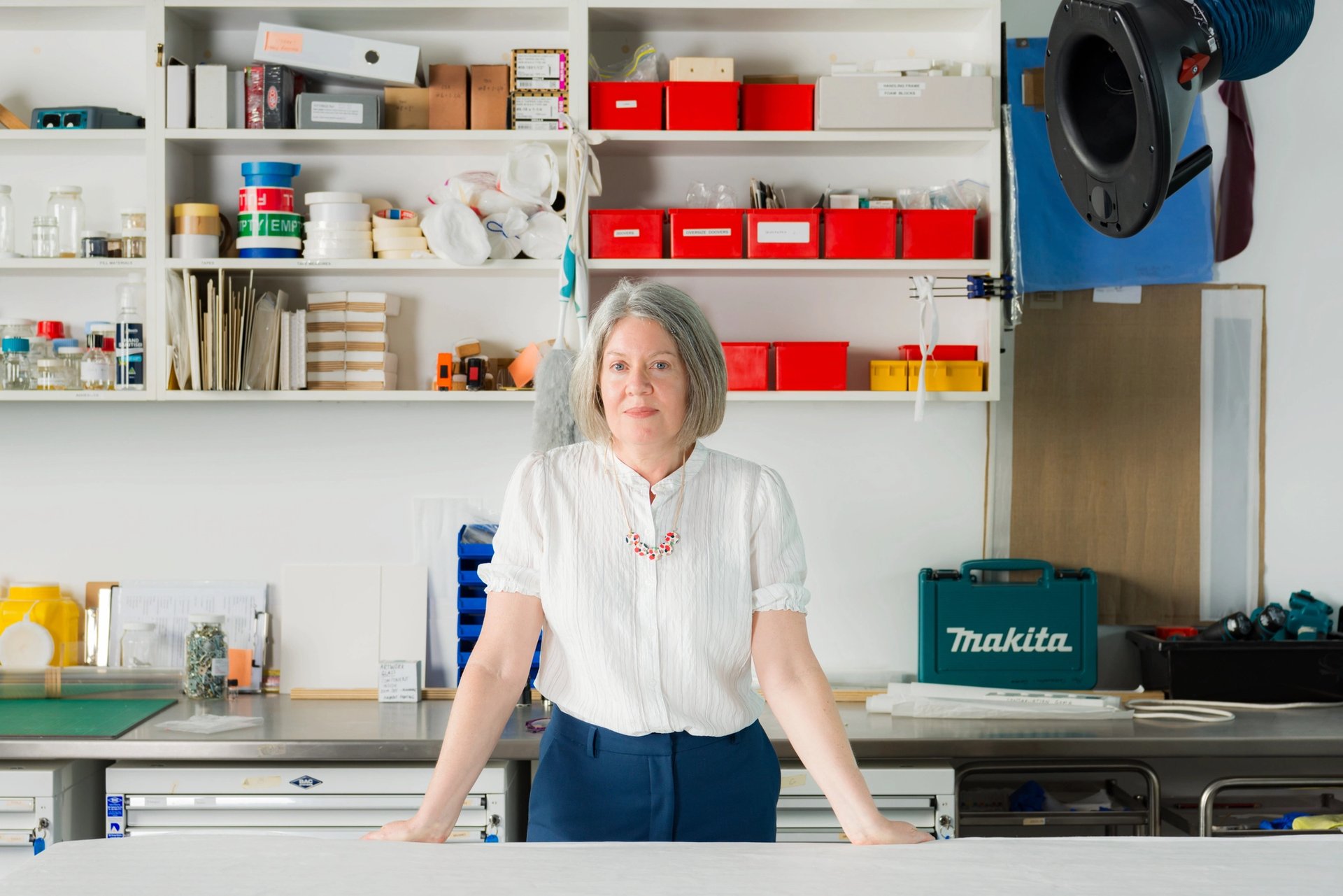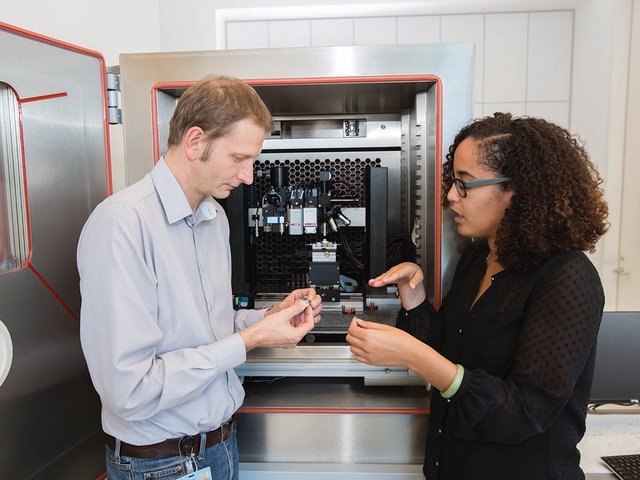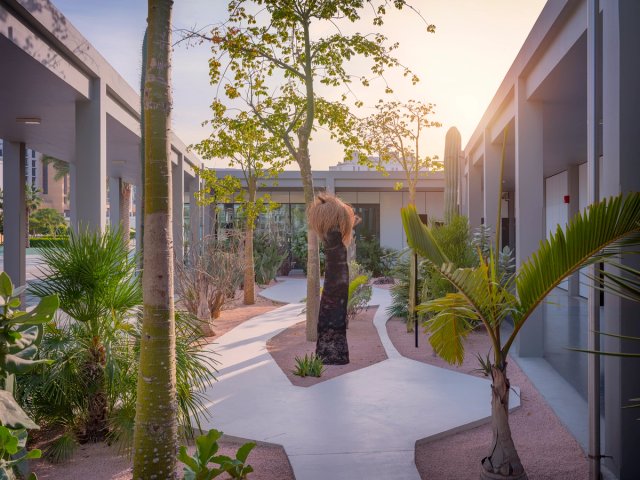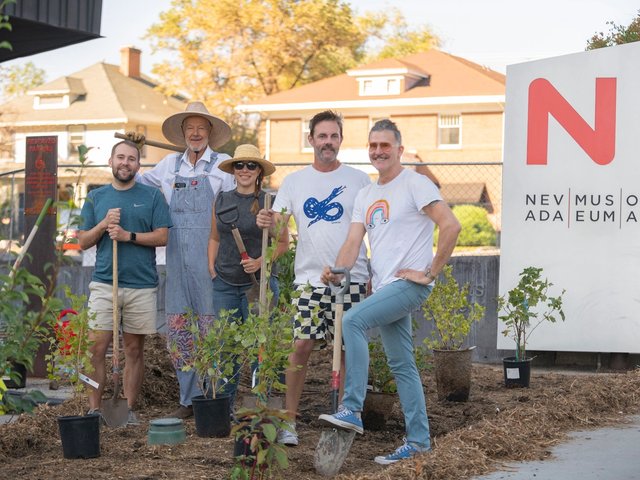As the art world grapples with the environmental impact of its operations, institutions are increasingly questioning one of the few industry-wide standards: climate control. These decades-old guidelines determine the temperature and relative humidity at which museums maintain their collections, but implementing them comes with high energy costs and carbon footprints. Some organisations have begun to rethink the effectiveness of the current strict standards and advocate for new practices.
Museum climate control recommendations were popularised after the Second World War, when heating, ventilation and air conditioning (HVAC) systems became more common. Originally intended for human comfort, these systems were being installed in homes and businesses, and museums followed suit. This led conservators to question how changes in temperature and humidity might affect art.
“In the 1970s two scientists at the British Museum and the National Gallery in London did some research and made recommendations to their institutions based on the requirements of the HVAC system to maintain human comfort,” says Caitlin Southwick, a conservator and founder of the Amsterdam-based non-profit Ki Culture, which helps organisations implement sustainable practices. These recommendations took into consideration the fluctuations inherent in HVAC systems and said that museums should be maintained within a range of plus or minus 2°C and plus or minus 5% humidity.
Using these ranges, Garry Thomson wrote the book The Museum Environment (1978), an investigation of how light, pollution and humidity impact conservation, which included a table with climate guidelines. “Instead of reading the book, people looked at the table and said, ‘Perfect, that’s what we need to do’,” Southwick says. “All of a sudden, we have museums all over the world trying to implement these ridiculously tight standards that were recommendations for paintings in London and had nothing to do with a stone collection in Brazil or a tapestry collection in Italy.” She adds: “The whole conversation on climate control is basically a big misunderstanding. We’ve begun to ask whether these standards are needed.”
Over time, additional guidelines have been created, including those established by the American Society of Heating, Refrigerating and Air-Conditioning Engineers that are updated periodically; the Bizot Green Protocols in 2015 and updated in 2023; and the joint Environmental Guidelines International Institute for Conservation of Historic and Artistic Works and International Council of Museums’ Committee for Conservation declaration in 2014. The guidelines vary, but for the most part they were established for temperate climates and suggest narrow ranges of temperature and humidity.
Climate control’s climate impact
Maintaining these standards creates significant issues for institutions. Climate control systems account for most of a typical museum building’s energy consumption (60% to 70% on average, according to Southwick), and the greatest contributor to overall carbon footprint. High energy consumption also means high energy bills, which can be a serious problem for institutions that are already operating on slim budgets.
“Big institutions are using more energy and they set the standards for the industry, including for small institutions,” says Michal Łukomski, a senior scientist at the Getty Conservation Institute (GCI) in Los Angeles. “These standards are devastating the field. To operate the way big institutions operate takes millions of dollars per year.”
Climate control standards also apply to art loans between institutions, which furthers inequity for those that cannot or will not comply. “Uniformity is certainly an administrative advantage in the execution of loans, but it is a distinct disadvantage for organisations located in non-temperate climates, where the temperate ranges are harder to achieve and require more energy to maintain,” says Amanda Pagliarino, a collection care fellow at Art Jameel. The independent art organisation in Saudi Arabia and the United Arab Emirates has advocated for changes to industry standards.

Amanda Pagliarino, the head of conservation, registration and imaging at Queensland Art Gallery and Gallery of Modern Art, as well as a collection care fellow at Art Jameel
Photo: Queensland Art Gallery | Gallery of Modern Art / Chloë Callistemon
Art Jameel is part of a growing group of institutions that is pushing back against existing climate control practices. In California, the GCI has been conducting research on climate conditions and conservation since the 1990s, work that informs some of the guidelines used today. In 2019, the GCI began a project, Establishing Sustainable Environmental Strategy, in collaboration with the National Gallery of Victoria (NGV) in Melbourne. The state-funded NGV “had a mandate to reduce its energy consumption because they were consuming more energy per square meter than the two nearby hospitals”, Łukomski says.
Focusing on the objects considered most vulnerable and susceptible to change, including a 16th-century Flemish retable, the team installed emissions monitoring systems and altered the climate, studying whether these objects changed over the course of two and a half years. The project did not reveal a correlation between the altered climates and change to the objects, information that can be used as the NGV and other institutions implement new standards. Other museums are undertaking similar studies, including the Victoria and Albert Museum in London, which is also working with the GCI to conduct monitoring on an 18th-century commode.
No one wants to say it’s OK to flip the switch and then your paintings start meltingCaitlin Southwick, conservator
If we know climate control standards are too strict, and research indicates there are safe ways to alter these standards, why has the industry not made changes? The answer is complicated, not least because there are risks inherent in changing the conditions. “No one wants to say it’s OK to flip the switch and then your paintings start melting,” Southwick says.
Moreover, altering climate guidelines must be based on knowledge of the collection, so the responsibility of implementing change is often passed to the conservator. A conservator in turn might need the facilities team’s input to understand the capabilities of their institution’s HVAC system. “At the end of the day, it’s a multidisciplinary decision that requires buy-in from the entire institution,” Southwick says.
Professional help needed
To implement green practices, institutions may need to hire in-house sustainability professionals or consultants. This costs money, which can be challenging for underfunded organisations and might take months or years to gain approval from stakeholders like a museum board. However, the long-term benefits can outweigh the upfront costs.
The Guggenheim Museum Bilbao offers a useful case study. In 2022 the museum implemented new temperature and humidity standards suited to the institution’s local climate, which helped it cut its energy bill by around €20,000 per month. “Since we began with this policy the museum lowered its gas consumption by 30% and electricity by 6%,” a Guggenheim Bilbao spokesperson tells The Art Newspaper.
The Guggenheim Bilbao made this change with an exhibition consisting entirely of works from its own collection, thus avoiding loan agreements. The museum continues to observe relaxed climate standards in galleries and in storage, and asks partnering organisations to allow it to do the same with loans. “In some cases, we have had to provide extensive explanations, but to date, the response has been very positive and we’ve achieved our goal in 100% of the cases we have encountered,” the spokesperson says.
However, not all institutions wield this power, and advocating for change might exclude them from potential loans. As a global leader, the Guggenheim Bilbao can take this risk, but adopting new practices is still seen as going against the status quo.
While industry-wide change may take time, there are localised case studies of collaboration. The Getty’s recent PST Art initiative saw several participating organisations implement green practices. The Museum of Contemporary Art (MoCA) in Los Angeles adopted Bizot’s updated Green Protocols and expanded its climate ranges for the exhibition Olafur Eliasson: Open. According to Kelsey Shell, MoCA’s environmental and sustainability strategist, during the first nine months of implementing Bizot’s recommendations at the museum’s Geffen Contemporary location, its energy consumption fell by the equivalent of five US homes’ average annual energy footprints, for savings of more than $8,000 so far.
Similarly, Southwick runs an 18-month programme called Getting Climate Control Under Control that advocates for institutions to work together to analyse and reduce their climate impacts. Centring on empowerment and community-building, the pilot programme launched in 2023 in partnership with the Association of Danish Museums, bringing together ten of its members, including the Museum Odense and the Statens Museum for Kunst (SMK). Each institution was starting from a different point in terms of sustainable operations. Some, like the SMK, had already implemented broader climate control ranges. Others, like the Museum Odense, had been experimenting with HVAC system shutdowns at night. Through the programme, the SMK learned from the Museum Odense’s experiences and began to incorporate HVAC system shutdowns as well.
Over time, examples like these can support a shift in the industry, but every museum and every local environment is different. Moreover, climate change continues to present new challenges as temperatures increase and extreme weather events threaten institutions.
“We know a lot, but there is much more research that needs to be done,” Łukomski says. “This can’t stop us from acting because not making a decision is actually making a decision.”





